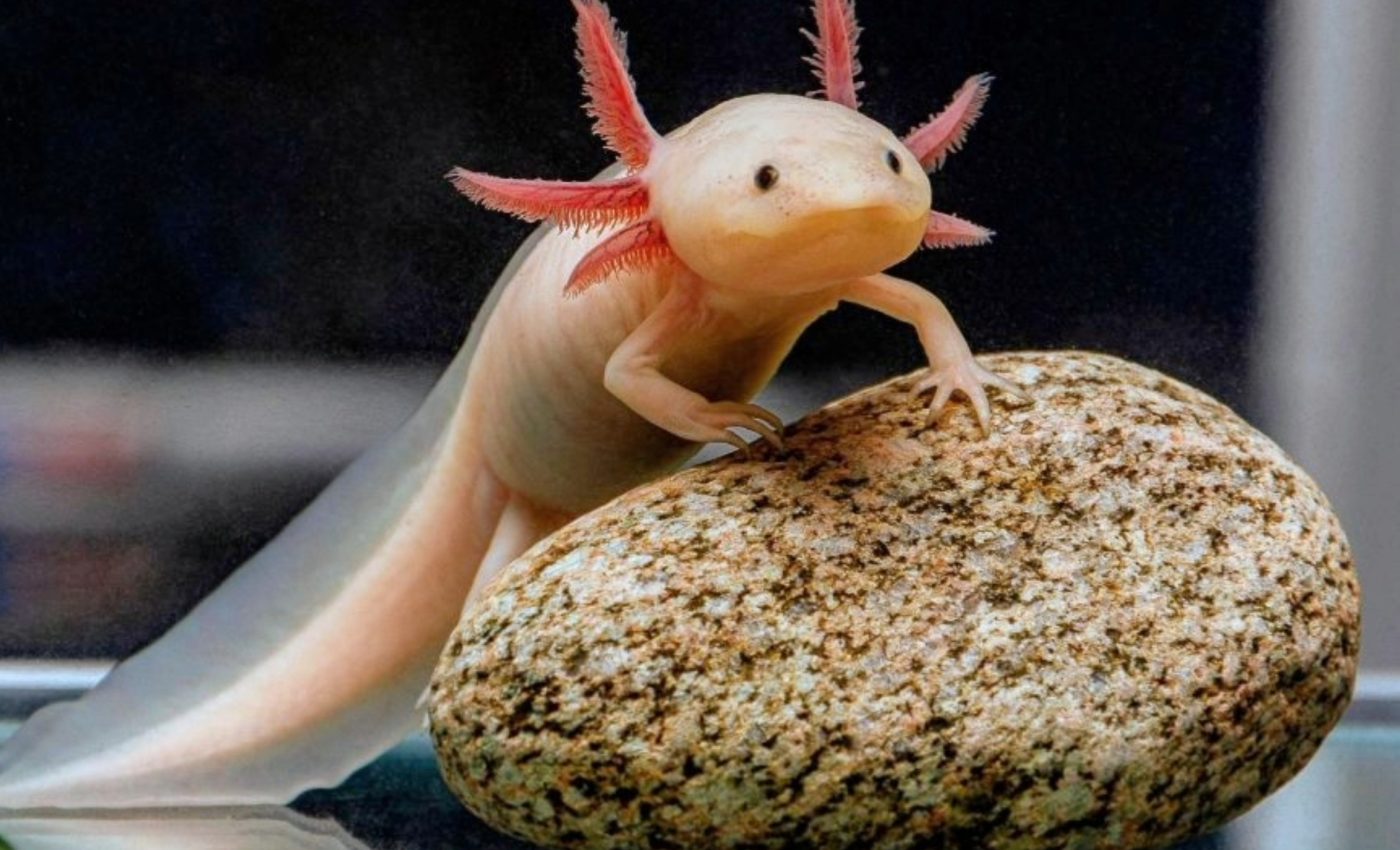The axolotl, Mexico’s beloved “smiling” salamander, is teetering on the brink of extinction in the wild. Once abundant in the ancient canals of Xochimilco, this unique amphibian’s future now hangs by a thread. But as scientists race against time, new breakthroughs and passionate conservation efforts are offering a rare glimmer of hope.
A National Symbol in Crisis
The
axolotl (
Ambystoma mexicanum) is more than just a quirky internet meme or a pet store oddity. Revered in Mexican culture and celebrated for its extraordinary ability to regenerate limbs, the axolotl is a living scientific marvel. Yet, according to a recent study by Mexico’s National Autonomous University (UNAM), the last wild axolotls could vanish from their native Xochimilco canals as soon as 2025.
Back in 1998, Xochimilco’s waters teemed with about 6,000 axolotls per square kilometer. By 2014, that number had plummeted to just 36. The most recent estimates suggest only
50 to 1,000 individuals remain in the wild—a catastrophic decline driven by pollution, habitat loss, and invasive species.
Why Are Axolotls Disappearing?
Several factors are fueling the axolotl’s rapid decline:
-
Pollution: Urban runoff and agricultural chemicals have contaminated the canals, making them inhospitable.
-
Invasive Species: Non-native fish introduced for human consumption prey on axolotl eggs and compete for food.
-
Habitat Loss: Urban expansion and the destruction of wetlands have shrunk the axolotl’s natural range to a handful of isolated sites.
The situation is so dire that some surveys have failed to find a single wild axolotl in recent years, and the species is now classified as
Critically Endangered by the IUCN.
Conservation: Ancient Solutions and Modern Science
Despite the grim outlook, conservationists aren’t giving up. Luis Zambrano González, a leading biologist at UNAM, has championed a return to ancient farming practices—reviving pesticide-free chinampas (artificial islands) and transforming farmers’ canals into axolotl sanctuaries. The idea is simple: restore the ecosystem, and the axolotls might just bounce back.
Meanwhile, scientists are exploring the axolotl’s regenerative powers for potential breakthroughs in human medicine, including fertility treatments and limb regeneration. This dual role—as both a conservation icon and a biomedical superstar—has galvanized international support.
Captive-Bred Axolotls: A Ray of Hope
In a rare piece of good news, a recent study found that
captive-bred axolotls released into restored wetlands in Mexico City not only survived but thrived. Researchers tracked 18 axolotls over 40 days and discovered that the animals adapted well, gained weight, and hunted successfully in their new environment.
Alejandra Ramos, the study’s lead author, called the results “really, really exciting,” noting that successful reintroduction could be a game-changer for axolotl conservation. The experiment suggests that, with the right habitat restoration, captive-bred axolotls could help replenish wild populations.
What’s Next for the Axolotl?
The fight to save the axolotl is far from over. Conservationists are urging the Mexican government and local communities to scale up habitat restoration and crack down on pollution. At the same time, scientists continue to unlock the axolotl’s secrets in hopes of both saving the species and advancing regenerative medicine.
For now, the axolotl’s fate remains uncertain. But thanks to a blend of ancient wisdom, modern science, and passionate advocacy, there’s still a chance that Mexico’s “walking fish” will keep smiling for generations to come.
Sources
1. Last wild axolotls could disappear from Xochimilco's canals next year
2. All You Need to Know About the Endangered Axolotl | Earth.Org
3. Hope for endangered axolotls as captive-bred group survives in wild
4. Axolotls: Meet the amphibians that never grow up
5. The axolotl is endangered in the wild. A discovery offers hope
6. Axolotl - Wikipedia
7. 6-year-old steps up after axolotl lab lost funds - CBS News
8. Saving the endangered axolotl: A call to preserve biodiversity
9. New axolotl study gives researchers a leg up in work towards limb ...
